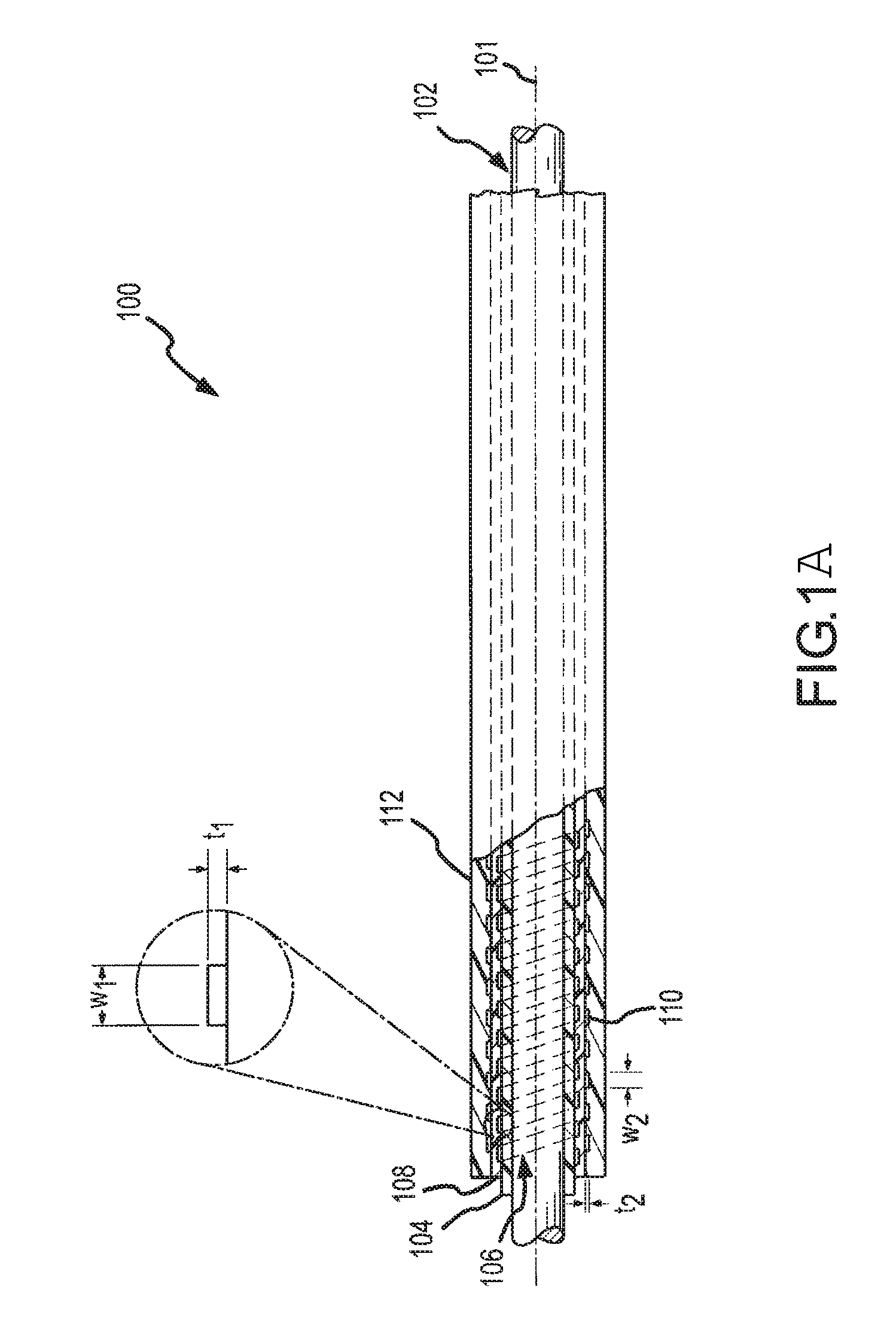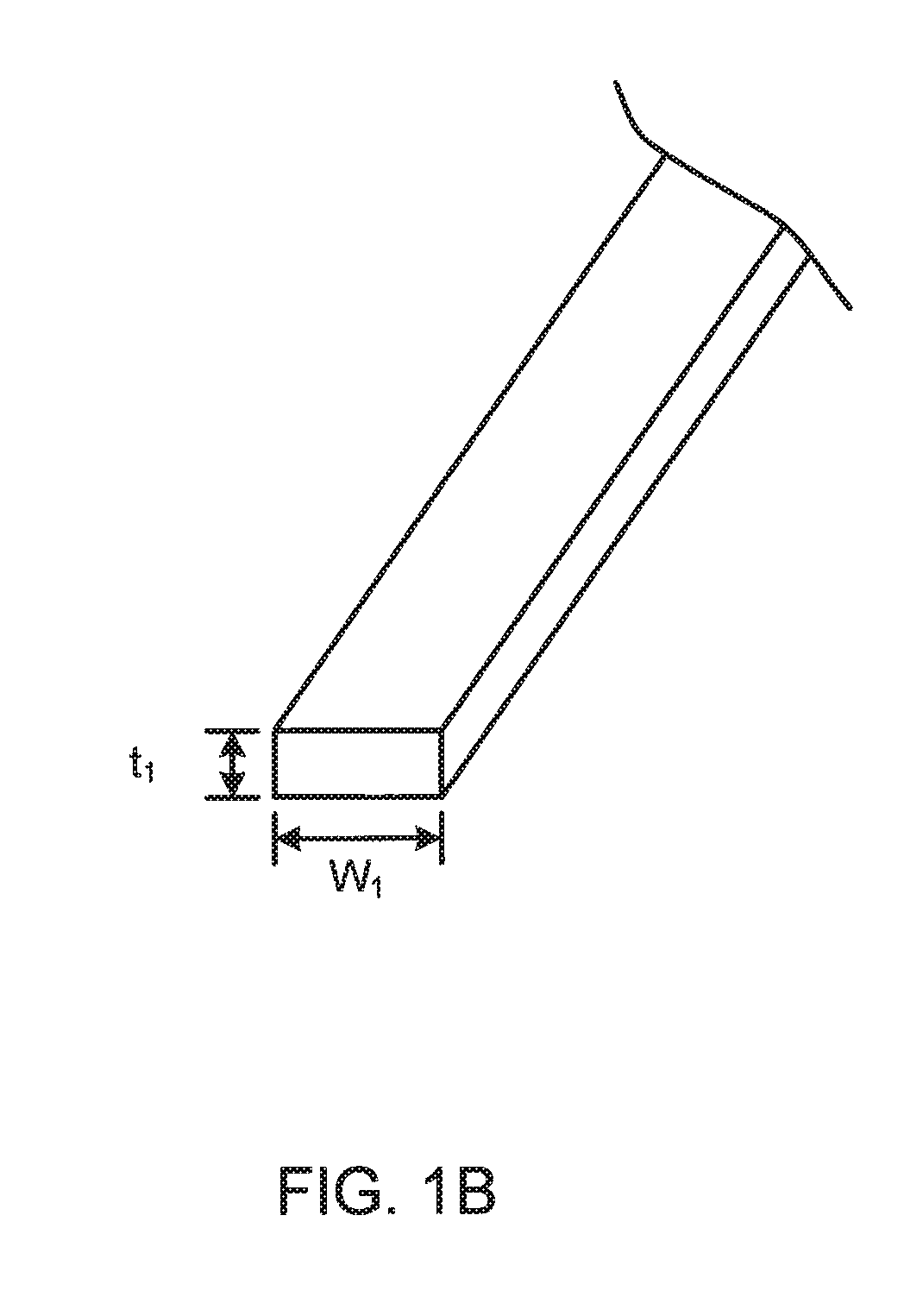Dual braided catheter shaft
a technology of catheter shaft and braided shaft, which is applied in the direction of catheters, intravenous devices, etc., can solve the problems of limiting the designer's ability to reducing the size of the lumen that is available, and reducing so as to reduce the inner diameter of the shaft, reduce the size of the lumen, and optimize the inner coil design
- Summary
- Abstract
- Description
- Claims
- Application Information
AI Technical Summary
Benefits of technology
Problems solved by technology
Method used
Image
Examples
Embodiment Construction
[0022]In the following description, the invention is set forth in the context of certain examples of a dual braided catheter shaft and associated construction processes. While these examples illustrate certain advantageous implementations of the present invention, the invention is not limited to the specific examples described below. Accordingly, the following description should be understood as exemplifying the invention and not by way of limitation.
[0023]FIG. 4 shows and electrode catheter 400 that may employ a catheter shaft 406 constructed in accordance with the present invention. Generally, the catheter 400 includes a handle set 402, an electrode tip 404 and the catheter shaft 406 that extends between the handle set 402, at the proximal end of the catheter shaft 406, and the electrode tip 404 at the distal end of the catheter shaft. The catheter 400 may include other components such as steering mechanisms, irrigation components and the like that are omitted from the drawing for...
PUM
 Login to View More
Login to View More Abstract
Description
Claims
Application Information
 Login to View More
Login to View More - R&D
- Intellectual Property
- Life Sciences
- Materials
- Tech Scout
- Unparalleled Data Quality
- Higher Quality Content
- 60% Fewer Hallucinations
Browse by: Latest US Patents, China's latest patents, Technical Efficacy Thesaurus, Application Domain, Technology Topic, Popular Technical Reports.
© 2025 PatSnap. All rights reserved.Legal|Privacy policy|Modern Slavery Act Transparency Statement|Sitemap|About US| Contact US: help@patsnap.com



